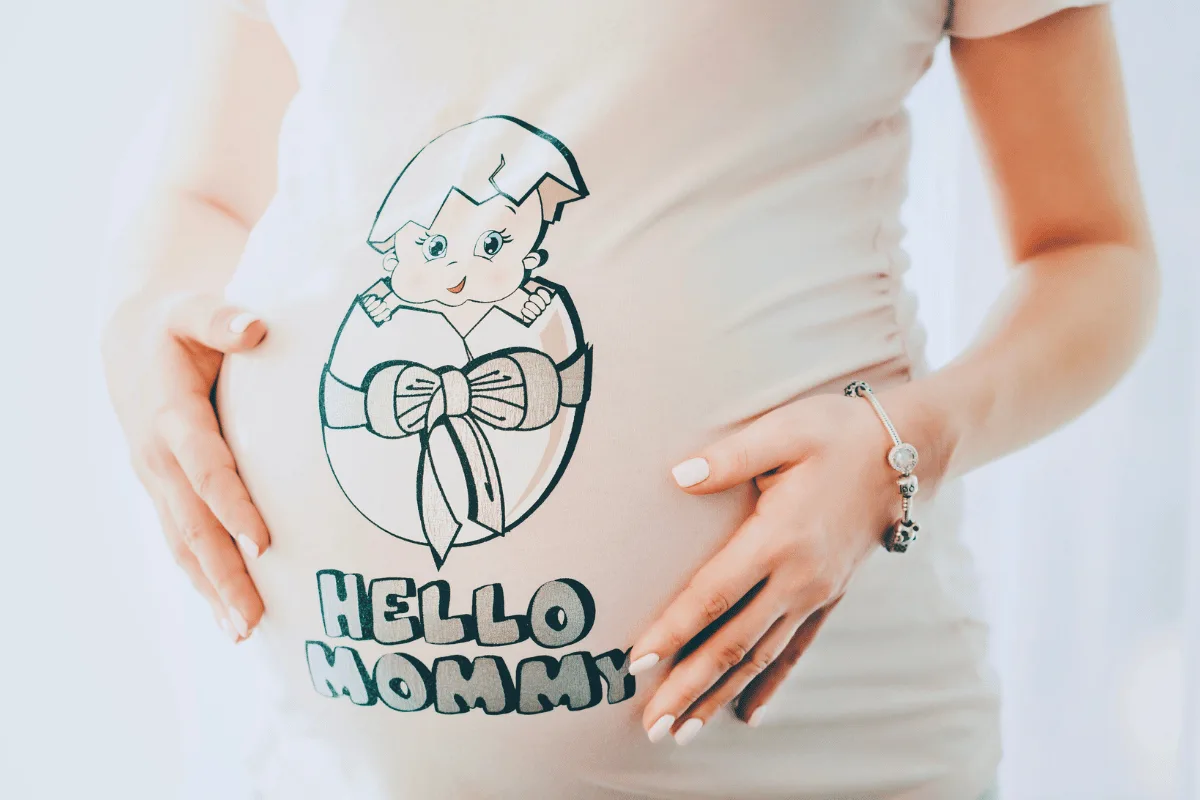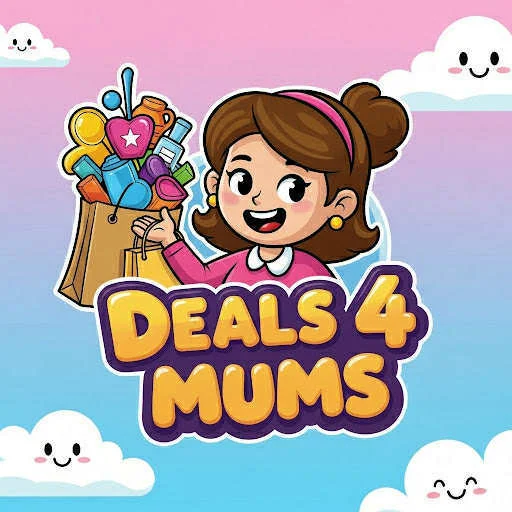Becoming a mum is one of the most rewarding journeys in life, but it’s also one of the most expensive. Between maternity clothes, baby gear, and everyday essentials, costs can quickly add up. However, with a little strategy and smart shopping, it’s entirely possible to save money without sacrificing quality, safety, or comfort.
This guide offers research-based insights, practical budgeting advice, and tried-and-tested shopping hacks that every mum can use to make her money go further, whether you’re expecting your first baby or growing your family.

Understanding the Real Costs of Motherhood
Before jumping into money-saving strategies, it’s important to know where most parents spend the most. According to a BabyCenter survey, the average new parent spends between $10,000 and $15,000 in the first year alone. The largest expenses typically fall into these categories:
| Category | Average First-Year Cost | Saving Potential |
| Baby Gear (cribs, strollers, carriers) | $2,000–$3,000 | Buy secondhand or during sales |
| Clothing (maternity + baby) | $1,000–$1,500 | Buy mix-and-match and seasonal |
| Feeding & Nursing Supplies | $1,200–$2,000 | Compare subscription pricing |
| Diapers & Wipes | $800–$1,200 | Buy in bulk |
| Healthcare & Insurance | $2,000–$4,000 | Choose maternity-inclusive plans |
Knowing this breakdown helps you identify where to focus your savings efforts without compromising essentials.
Set a Realistic Budget and Stick to It
The first step to smart shopping is creating a realistic maternity and baby budget. Begin by listing all must-have categories such as clothes, feeding supplies, nursery furniture, and baby care products. Then allocate monthly spending limits for each.
Tips for Budget Control:
- Use a budgeting app like Mint or YNAB (You Need a Budget) to track spending.
- Set up price alerts on e-commerce sites for must-have products.
- Create a “wishlist” for big-ticket items to buy during sales.
Pro Tip: Avoid impulse buys by giving yourself a 24-hour cooling-off period before purchasing any non-essential item. This single habit can cut unnecessary spending by 20–30%.
Know When and Where to Shop
Timing matters as much as selection. Many maternity and baby brands follow seasonal sales patterns and clearance cycles, which can significantly reduce costs if you plan purchases ahead of time. Tracking upcoming sales or subscribing to brand newsletters can help you grab discounts early before stock runs out. You can also use price comparison tools or browser extensions to ensure you’re getting the best deal across multiple retailers.
| Sale Period | Best Buys |
| January Clearance | Maternity wear, nursery furniture |
| Mid-Year Sales (June–July) | Baby monitors, strollers |
| Black Friday / Cyber Monday | High-end gear and electronics |
| End-of-Season (March & September) | Baby clothes and accessories |
Also, compare online vs. offline shopping carefully. Online stores offer unmatched convenience, broader selection, and often exclusive online-only discounts. However, physical stores let you check fabric texture, fit, and comfort in person, an essential step for maternity clothing where comfort and stretch matter most.
Buy Quality Over Quantity
A key principle of smart shopping is investing in essentials that last longer. It’s easy to be tempted by attractive deals, but quality pieces often save more in the long run by reducing replacements and ensuring consistent comfort. For instance, rather than buying multiple low-quality maternity leggings, choose one or two high-stretch pairs that adapt throughout your pregnancy and postpartum recovery. Prioritize brands known for durability, comfort, and ethical materials, this not only benefits you but also supports sustainability.
Consider this checklist before buying:
- Fabric: Choose breathable, stretchable materials like cotton, bamboo, or modal for comfort and temperature control.
- Durability: Read verified reviews for longevity and color retention after multiple washes.
- Versatility: Look for products that transition from pregnancy to postpartum (e.g., adjustable nursing bras or maternity jeans with removable panels).
- Fit: Ensure flexible waistbands and reinforced stitching to prevent sagging or tearing over time.
Long-Term Investment Items:
- A high-quality baby carrier or wrap with ergonomic support
- Convertible cribs that turn into toddler beds
- A double stroller for future family growth
- A durable diaper bag that doubles as a travel tote
By focusing on premium, multifunctional essentials, mums can enjoy both practicality and lasting value without constant repurchases.
Embrace Secondhand and Sustainable Shopping
Buying secondhand doesn’t mean compromising safety or hygiene, it means being selective. Many parents sell gently used baby items after only a few months of use.
Best Items to Buy Pre-Loved:
- Maternity clothes
- Baby clothes (babies outgrow them fast!)
- Nursery furniture (except mattresses)
- Strollers (check wheel and harness condition)
Items to Always Buy New:
- Car seats (due to safety expiration dates)
- Breast pumps and feeding accessories
- Crib mattresses
Websites like Facebook Marketplace, ThredUp, and eBay are great sources for quality secondhand finds. Always sanitize thoroughly and verify safety recalls before buying.
Use Coupons, Cashback, and Loyalty Programs
Digital shopping offers numerous ways to save. Sign up for brand newsletters to receive exclusive coupons and early sale access. Cashback platforms like Rakuten, TopCashback, and Honey can return up to 10–15% of your purchase value.
Ways to Maximize Cashback:
- Use cashback credit cards for double benefits.
- Combine promo codes and cashback offers.
- Join loyalty programs for maternity or baby brands (e.g., Huggies Rewards, Pampers Club).
Also, consider bundle deals on diapers, wipes, and baby toiletries to save more long-term.
Make the Most of Baby Registries and Gift Lists
A baby registry isn’t just a tradition, it’s a strategic tool. Registering at major stores like Amazon Baby Registry or BuyBuy Baby lets you receive discounts, welcome kits, and free samples.
Registry Benefits:
- 10–15% completion discount on remaining items
- Free returns for duplicate gifts
- Exclusive coupons and seasonal promos
When creating a registry, prioritize multi-functional products and skip items that will only be used for a few months (like wipe warmers or bottle sterilizers).
Evaluate Subscription Services
Subscription services can be a major convenience, especially for consumables like diapers, wipes, and formula. However, make sure you’re getting true value.
| Subscription Type | Pros | Cons |
| Diaper Subscriptions | Auto-delivery and discounts | May overstock if baby changes size |
| Formula Subscription | Consistent supply | Limited flexibility |
| Clothing Subscription | Try new styles monthly | Costly if not fully used |
Smart Tip: Always check “per-unit pricing” to ensure the subscription actually saves money versus bulk offline purchases.
DIY and Homemade Alternatives
Not everything needs to come from a store. Many everyday baby items can be made at home safely and affordably.
Money-Saving DIY Ideas:
- Make homemade baby wipes with soft cloth and diluted baby lotion.
- Create DIY nursing pads from organic cotton fabric.
- Cook your own baby food using a blender, it’s cheaper and healthier.
Beyond saving money, these DIY methods also minimize exposure to unnecessary chemicals and packaging waste.
Leverage Community and Local Networks
Communities, both online and offline, can be goldmines for cost-effective parenting. Join local mum groups or parenting forums where members often exchange or donate gently used items.
- Participate in local “swap meets” for toys and clothes.
- Borrow short-term use items like bassinets or baby swings.
- Share bulk purchases with another parent to reduce costs.
This approach not only saves money but also fosters a supportive circle that can be emotionally rewarding for new mums.
Avoid Common Money Traps
Many new mums get caught in marketing hype disguised as “must-haves.” Avoid these traps:
- Designer baby clothes: Babies grow fast, comfort beats brand.
- Overstuffed nurseries: Keep décor minimal and functional.
- Tech overload: Fancy gadgets like temperature monitors often go unused.
When in doubt, ask experienced parents what they truly used daily. Real-life feedback is often the best filter for wasteful spending.
FAQs
How can I save money on baby gear without compromising on safety?
Buy from trusted brands, read safety certifications, and consider secondhand items only if inspected and well maintained.
Is it better to shop online or offline for maternity clothes?
Use offline stores to try fit and check quality, then compare online for better deals and wider selection.
When should I start buying essentials for baby?
Many parents begin in the second trimester when needs become clearer, but wait for seasonal sales to maximize savings.
Can bulk-buying consumables always save money?
Only if you can use them before expiry and check per-unit cost, else smaller packs might sometimes be better.
How do I avoid impulse buying during big sales?
Stick to your wishlist, wait 24 hours for uncertain buys, and compare true existing market prices before buying.

Final Thoughts: Balance, Quality, and Confidence
Smart shopping for mums is about balance, balancing cost, comfort, and quality. Saving money doesn’t mean cutting corners; it’s about spending mindfully and confidently.
By planning purchases, comparing prices, embracing sustainability, and resisting trends, you can provide the best for your family, without compromising on safety or joy.
Remember: every rupee or dollar saved on unnecessary purchases can be invested into experiences that truly matter, your baby’s growth, health, and happiness.



